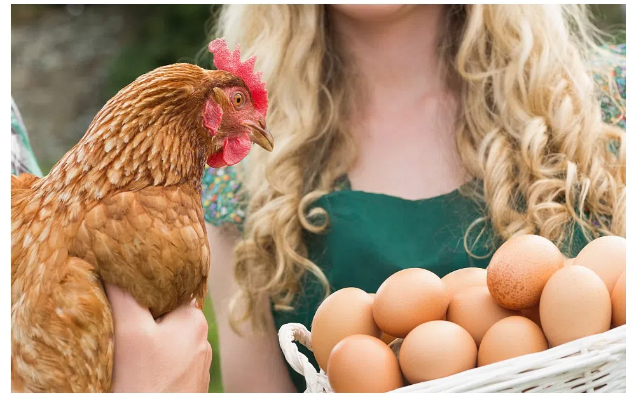In the competitive egg production industry, consumers are increasingly concerned about egg quality and shelf life. Consumers want fresh, tasty eggs with a long shelf life. This requires a clean, hygienic chicken house environment and high egg production.

Modern equipment improves egg-laying profit
Traditional methods often have difficulty in consistently providing eggs of superior quality and long shelf life.
However, modern equipment offers powerful advantages:
1.Automated environmental control systems
Temperature, humidity and ventilation play a vital role in the quality and shelf life of eggs. Modern equipment provides precise environmental control to create ideal conditions for egg production. This minimizes stress on the hens, reduces the risk of cracked or damaged eggs, and promotes egg development.
2.Automated feeding and watering systems
Continuous access to high-quality feed and clean water is essential to producing healthy, productive hens. Automated systems ensure that hens receive the right amount of feed and water at the right time, minimizing waste and optimizing nutrition. This directly affects egg quality, resulting in larger, tastier eggs with a longer shelf life.
3.Automatic egg collection and sorting
Modern egg collection systems reduce the risk of damage or bruises, ensuring that eggs arrive at the processing plant intact. The automatic sorting system then grades the eggs according to size and quality, sorting out any potential problems before the eggs reach the hands of consumers. This minimizes waste and ensures that only the highest quality eggs can enter the market.
4.Controlled storage and handling
Modern storage and handling systems maintain optimal temperature and humidity levels, slowing the natural aging process and extending shelf life. This reduces the risk of spoilage and ensures that eggs remain fresh and delicious for longer.
Influence of lighting system
3.1. The influence of the lighting system of laying hens on the quality of eggs
The lighting system of laying hens can have a significant impact on the quality of eggs. First, the lighting time will affect the production and quality of eggs. Studies have found that maintaining an appropriate lighting time can improve the production and quality of eggs. Secondly, the light intensity will also affect the quality of eggs. Appropriate light intensity can promote the appetite and exercise of chickens, increase the egg production of chickens, and improve the hardness and color of egg shells. Finally, the color of light may also affect the quality of eggs. Studies have shown that warm light will increase the egg production of laying hens, while cold light will reduce the egg production of laying hens.

3.2.Practical suggestions for the lighting system of laying hens
1. Lighting time:The appropriate lighting time should be 16-18 hours a day, which can stimulate the secretion of laying hormones in chickens and promote the growth and egg production of chickens.
2. Light intensity:The appropriate light intensity should be 2-4 watts per square meter, which can ensure the health of chickens, increase egg production, and improve the hardness and color of egg shells.
3. Light color:The appropriate light color should be warm light, which can promote the chicken’s appetite and movement, and increase egg production.







